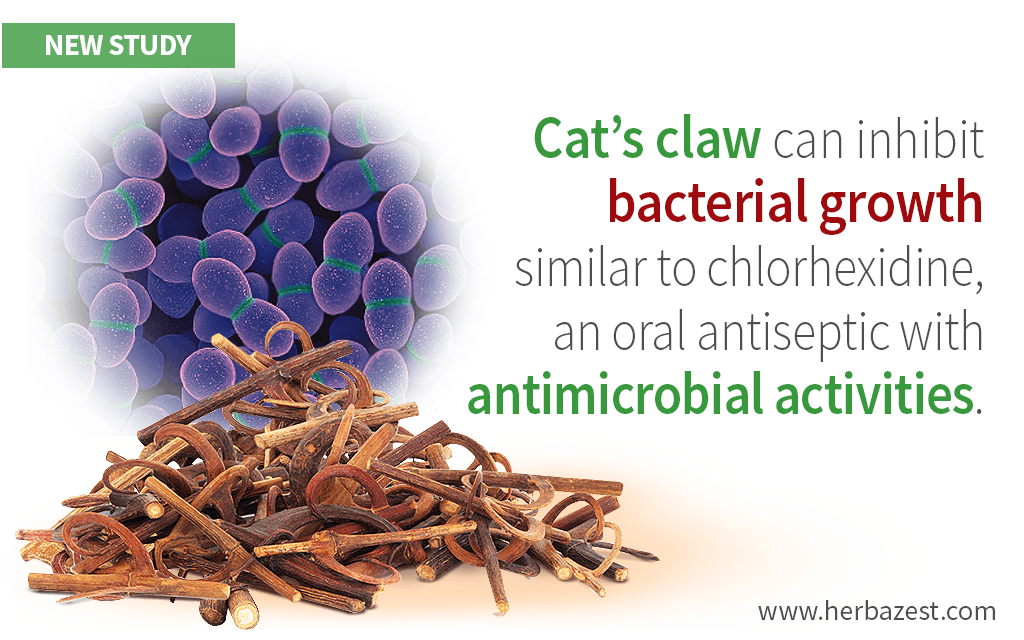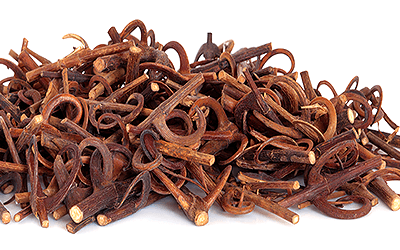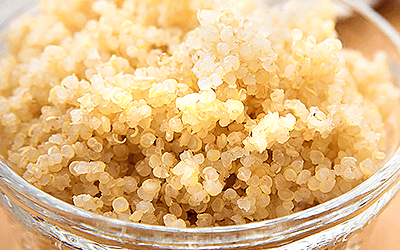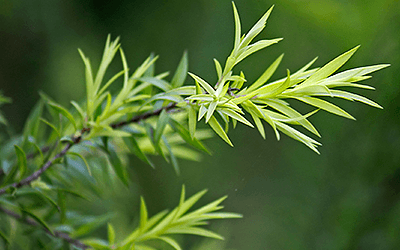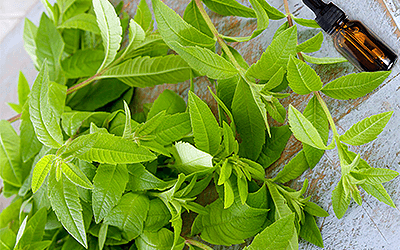Root canal treatment is a rather painless dental procedure, aimed at saving an infected tooth. However, it's not always possible to remove all bacteria and debris from inside the tooth, raising the risk of re-infection. The use of irrigants and intracanal medications can help address these complications, but it has its flaws.
To find alternative solutions for root canal infections, Brazilian researchers took a closer look at cat's claw, a South American herb that is believed to have antimicrobial properties.1 Proven effective, cat's claw could be used to extend the antimicrobial effects in root canals, thus preventing re-infections.
The Study
It was a study conducted at the State University of Campinas in São Paulo, Brazil. Its findings were published in the Brazilian Oral Research journal.
Researchers used 48 human premolars that they infected with Enterococcus faecalis. They were randomly assigned to four groups, receiving the following treatments:
- CC group: 2% cat's claw gel
- CHX group: 2% chlorhexidine
- NaOCl group: 5.25% sodium hypochlorite
- SS group: sterile saline (control group)
For reference, chlorhexidine and sodium hypochlorite are antimicrobial agents, commonly used in endodontics.
The number of bacterial colonies were assessed at the beginning of the study and then after seven and 14 days.
The Results
As hypothesized by the researchers, there was a significant reduction in bacterial colonies in all groups.
Almost 84% of the samples in the NaOCl and CHX groups as well as 75% of the samples in the cat's claw group had no bacterial colonies detected after treatment, in comparison to 17% in the control group.
Also, recontamination was prevented for up to seven days by irrigating root canals with cat's claw as well as chlorhexidine. Sodium hypochlorite did not prevent recontamination.
What Does this Mean?
This trial has demonstrated that cat's claw has antibacterial properties against E. faecalis in infected root canals. It can be effectively used not only as an antimicrobial agent, but also as an intracanal dressing to further eliminate bacteria in the root canal system.
Researchers believe that cat's claw's antimicrobial abilities come from its content of phenolic compounds, glycosides, tannins, flavonoids, and other compounds.
Other herbs with potent antimicrobial properties include garlic, ginger, sage, and cloves.
Sources
- Brazilian Oral Research, Antimicrobial activity and substantivity of Uncaria tomentosa in infected root canal dentin, 2016
Footnotes:
- Journal of Oral Science. (2010). In vitro antimicrobial activity of phytotherapic Uncaria tomentosa against endodontic pathogens. Retrieved March 13, 2022 from https://pubmed.ncbi.nlm.nih.gov/20881342/
